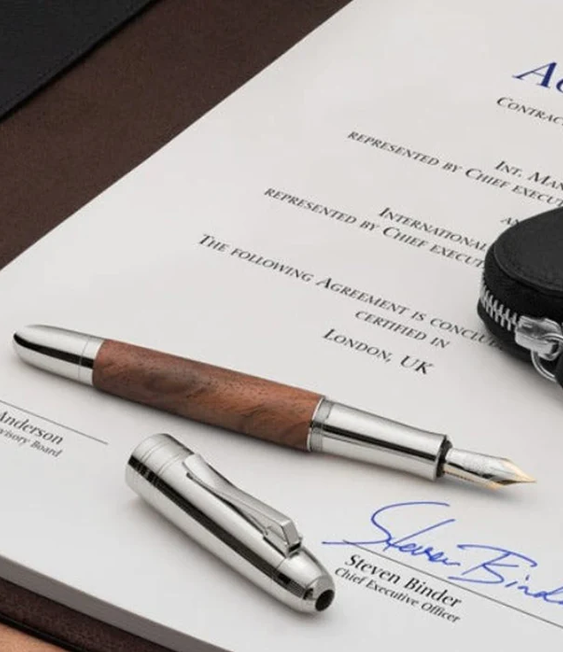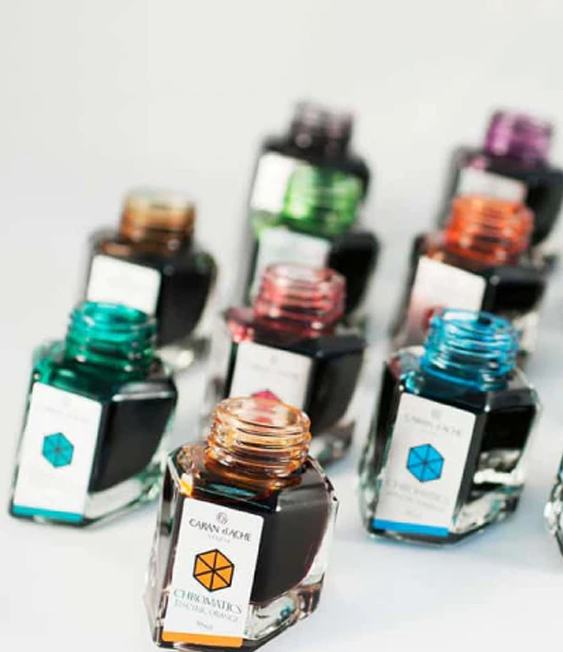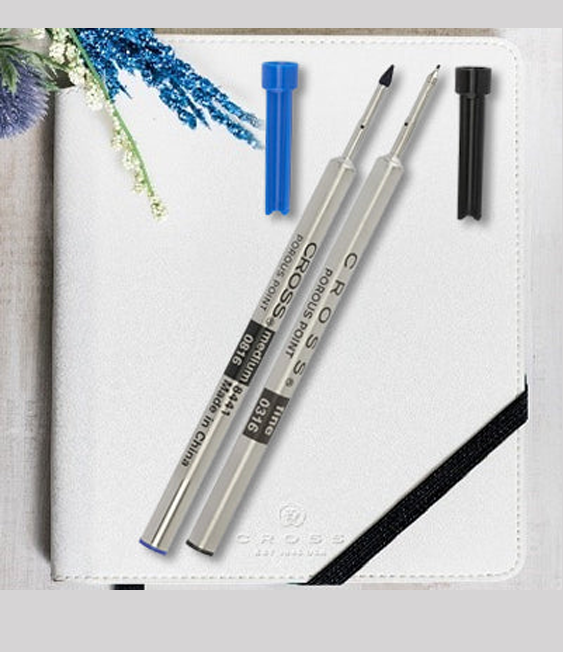5 Ways To Improve Your Kids Handwriting
Every now and then, we strive to make our child's handwriting better and - usually - we fail. Teaching handwriting may be challenging at times, but the next generation must know how to write properly. We do not want our children to develop a hard to break habit which might create problems in the long run.
As parents, we are always concerned about our child's development. Not every child adapts to writing skills with ease and the style of writing differs from one child to another. Some are gifted and tend to exhibit exceptional skills when jotting down fine lines and letters, while others will not pay attention to their writing style and rush to complete the task. Forcing your kids to learn something, especially when they’re out of the classroom, will only dampen their spirit to learn. Remember - writing is an art and can be fun when you add intuitive and playful measures to make the process less onerous. With the right ideas and motivation, your little ones can definitely pen elegant cursive and lines. So without further delay, let's look at some essential tips that can be incorporated to improve handwriting.
Make Practice Fun
Laying a textbook down in front of your child and asking them to copy the words will not inspire creativity. Instead, it will probably have the opposite effect. They will try to get the job done in a rush and may not develop the writing skills you’re trying to enhance. Hence, an interactive writing session can be helpful. Using anagrams, puzzles, a game of hangman or other recreational activity that revolves around a particular theme and gives their writing a purpose helps to make the learning process less of a task and more of a game.
You can also include rainbow color pencils in the session, which will inspire your children to utilize their creative side and bring out the color in their imagination. We have found that one of the best options available is Faber-Castell's Polychromos Color Pencils. Available in sets of twelve and twenty-four, these color pencils are specially designed to offer a rich blending effect. The best part about these color pencils is that they are oil-based and will not lose their vividness on the writing surface like wax based ones. Besides that, the lines drawn by these pencils are erasable and allow your kids to fix any mistakes that might be made.
The point here is, do not compel your kids to walk the path you think is right – instead provide them room to grow and nurture their skills by including creative activities in the learning process.
Get the Right Tools
If your child is having a hard time holding and controlling the pen you’ve selected, have them try out and select a more comfortable writing tool. A pen can greatly influence your child's style of writing, and having them make a personal choice can have the happy side effect of more fully drawing them into the process. Remember – pens are a personal choice! A narrow barrel and grip section demands more pressure while writing, which may turn writing practices into something to be avoided. Low-budget pens many times are equipped with poor quality refills, which may also contribute to a bad writing experience and leave your child looking for the remote rather than enjoying the path to better penmanship.
If you want to make a wise investment, fountain pens are a great choice. At Pen Boutique, we have a wide assortment of fountain pens which are great for novices and are from reputable brands like Lamy, Pelikan, Platinum and more. A fountain pen is always an ideal writing instrument to have; it makes one slow down and focus on what is being written, and it can be used for anything from taking notes to signatures. This allows your child to generate a unique style of writing and refine his/her skills as they practice.
If coupled with a mechanical pencil, the set can last through your child's schooling days. Here are few of the best choices of mechanical pencil and fountain pens for your kids.
Apart from fountain pens and mechanical pencils, we also have a wide range of notebooks designed to offer the best writing experience. Pads from Rhodia, Field Notesand Letts of London have supreme paper quality. These quality notebooks will keep feathering and smudging issues to a minimum and truly enhance the joy of writing.
Introduce Them To The Tripod Grip
Firstly, let me share my experience. In my initial schooling days, the most stressful comment that I got from my teachers was - "Please hold your pen properly". I used to hold my pens vertically; the position is "OK" if you prefer writing with a ballpoint pen but when it comes to a fountain pen this style can distort the whole penmanship experience. I had a hard time to develop a proper writing style, in fact, it took years. I finally adjusted to tripod grip - holding your pen at an angle of 45-60 degree. Since then, I never have had any hassles while writing.
Eventually, your kid will develop his/her holding technique, but it will be best to introduce them with the "Tripod Grip" at a young age. The process may seem impossible, but you can do it if you apply the right techniques. Here are three essential rules to start with.
Rule #1 Use shorter Pencils: Shorter pencils have less space to prevent your kids from accommodating unnecessary fingers on the pencil. This will compel them to use only the forefinger and the thumb to hold the pencil.
Rule #2 Introduce them to the "Pinch and Flip" Technique: Simply, tell your kids to pinch the pencil at the pointed end, and gradually flip the pencil until it fills the gap.
Rule #3 Tell them to hold something between their last two fingers: Place an eraser or a hard element between their last two fingers, this will prevent them from cramming unwanted fingers on the pencil. Some kids might find this technique complex, so it should only be used if the "pinch and flip" trick doesn't work.
Tell Them to Slow Down
If you are a novice, you cannot be fast and accurate at the same time. To build consistency, you have to practice slowly and gradually build up speed. If you write slowly, you can plan your next move before putting it into action. The same theory applies for your child; train them to go slow but with consistent lines. Generally, children may think about what to write instead of how to write. This usually happens when they write fast and ignore the technical aspects of writing and jot down their words in a hurry to get the job done. But, if you tell them to write slowly they will have time to think about how they are going to write. This allows them to improve their writing technique and create beautiful letters.
Encourage and Motivate
It doesn't matter what writing tools you use, the best way to enhance the performance of your child is by boosting their self-esteem. Show that you appreciate their efforts and inspire them to continue do better.
Summing Up
So what do you think? We have highlighted the basic ideas to improve handwriting. But, don't assume that these tips will work overnight; you'll have to make as much of an effort as your child to make sure they stay on the right path. And if you allow yourself to do so, you'll see beautiful strokes of well-written words in a short span of time.



















